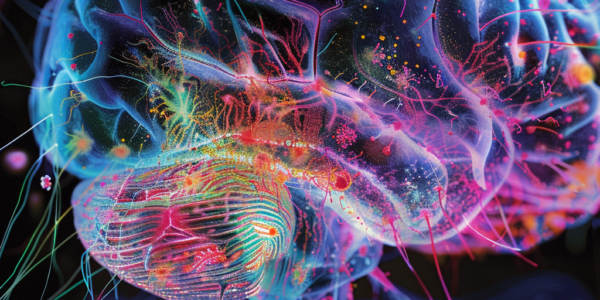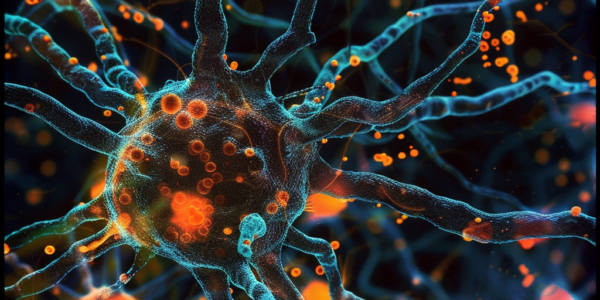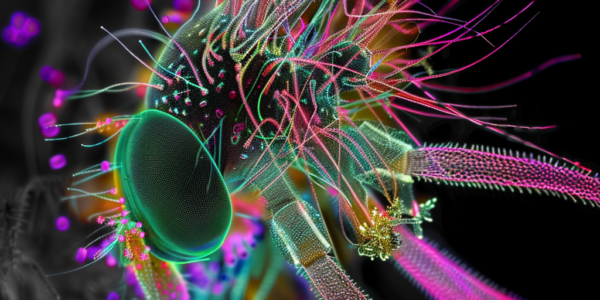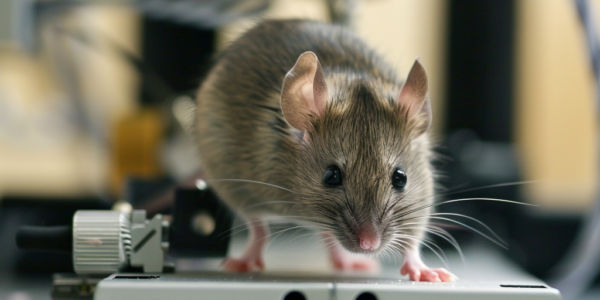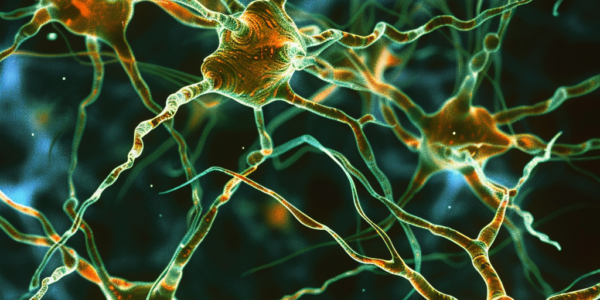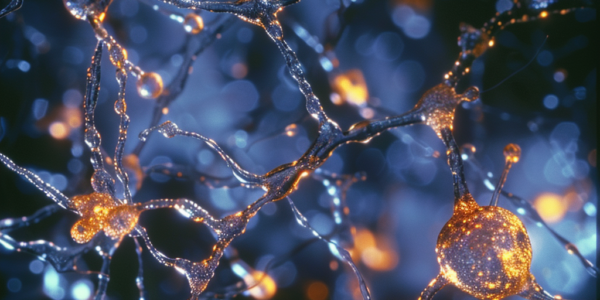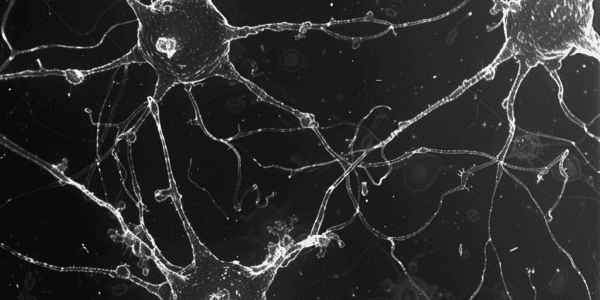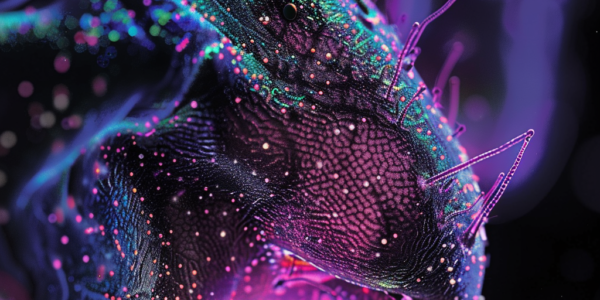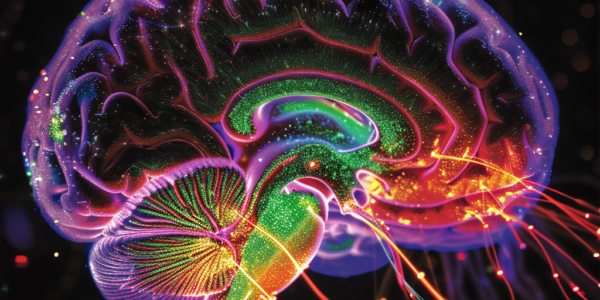Organoids reveal link between traumatic brain injury and increased risk of dementia and ALS
A USC Stem Cell study reveals the link between traumatic brain injury and the increased risk of dementia and ALS. The study utilized lab-grown human brain structures known as organoids to explore potential strategies for mitigating these risks, identifying a gene called KCNJ2 as a potential target for intervention. This offers promising prospects for the development of post-injury treatments and preventive measures for individuals at risk of TBI.
Molecular Links Between ALS and Dementia Revealed in Groundbreaking Study
Groundbreaking study by MIT and Mayo Clinic researchers reveals remarkable similarities in cellular and molecular characteristics between ALS and frontotemporal lobar degeneration (FTLD). The findings suggest potential therapeutic targets for ALS may also be effective for FTLD, and vice versa, opening new avenues for understanding and treating neurodegenerative diseases.
Study Shows Microglia Play Crucial Role in Brain’s Recovery from Anesthesia
Recent study by Mayo Clinic reveals the crucial role of microglia in aiding the brain’s recovery from anesthesia, offering potential for innovative treatments for anesthesia-related complications. Microglia engage with neurons and inhibitory synapses to mitigate the aftereffects of anesthesia, enhancing neuronal activity for brain awakening. Understanding the pivotal role of microglia in aiding the brain’s awakening process post-anesthesia opens new possibilities for managing and mitigating the adverse effects of sedation.
Unlocking Motion: The Unexpected Complexity of Motor Neurons
Researchers have challenged traditional views on motor neurons through a groundbreaking study on fruit flies, demonstrating that individual motor neurons can produce a variety of complex head movements rather than just simple actions. This research highlights the intricate role these neurons play in bodily motion and opens new avenues for understanding motor system diseases and the interplay between different types of neurons in movement control.
Study Reveals Brain’s Thalamus Role in Hunger-Driven Motivation
Researchers have made a significant breakthrough in understanding the brain’s thalamus and its role in hunger-driven motivation. A recent study conducted with mice has shed light on the involvement of two distinct neuronal populations within the paraventricular nucleus (PVT) in regulating actions aimed at achieving a goal, such as foraging for food. The study revealed that dopamine D2 receptor-positive (PVTD2(+)) neurons play a pivotal role in amplifying motivation and pursuit behaviors, while their counterparts, PVTD2(–) neurons, are linked to action termination. This discovery challenges previous assumptions about the uniformity of the PVT and underscores its critical function in translating hunger into motivated action. The findings hold promise for the development of new treatments for motivation-related psychiatric conditions.
Middle-Age Obesity Linked to Changes in Brain Neurons, Japanese Study Finds
Recent research from Japan has uncovered a fascinating link between middle-age obesity and changes in brain neuron shape, with potential implications for humans. The study focused on the impact of a protein called melanocortin-4 (MC4R) on obesity in rats, revealing that MC4R accumulates in primary cilia, affecting metabolism and fat-burning ability. The findings offer valuable insights into the complex relationship between neuronal shape and obesity, potentially paving the way for innovative approaches to weight management and metabolic health.
New Study Suggests Fat Droplets in Brain Cells May Be Key to Fighting Alzheimer’s
Recent study suggests that fat droplets within brain cells could be a key factor in Alzheimer’s disease development. Targeting these droplets may lead to more effective treatments, opening up a new avenue for therapeutic development. This sheds new light on the potential role of fat deposits in brain cells in causing Alzheimer’s, offering a fresh perspective for future research and treatment development.
Link Between Schizophrenia and Aging Uncovered in New Study
Recent research published in Nature suggests a potential link between schizophrenia and aging, revealing coordinated changes in gene expression activity in neurons and astrocytes as a key factor. The study’s findings offer valuable insights into the potential biological underpinnings of cognitive decline in schizophrenia and aging, providing hope for future targeted interventions and therapies.
Study Identifies Neuronal Circuit for Vocalization and Respiratory Coordination in Mice
Discover the key neuronal circuit responsible for coordinating vocalization and respiration in mice. Learn how vocalization-specific laryngeal premotor neurons in the retroambiguus nucleus (RamVOC) drive vocal cord closure and coordinate expiration effort and sound production. Gain valuable insights into the neural mechanisms underlying vocal-respiratory coordination and the prioritization of breathing during vocalization.
Key Protein Identified in Development of Alzheimer’s Disease
Scientists have discovered a key protein, Mdm2, in the development of Alzheimer’s disease that, when blocked, could potentially slow or halt the condition’s progress. This discovery was made through tests on mice, where deactivating Mdm2 stopped the destruction of dendritic spines and synapses, crucial for brain cell communication. Understanding the role of Mdm2 in Alzheimer’s progression could be crucial in developing treatments for the disease.


